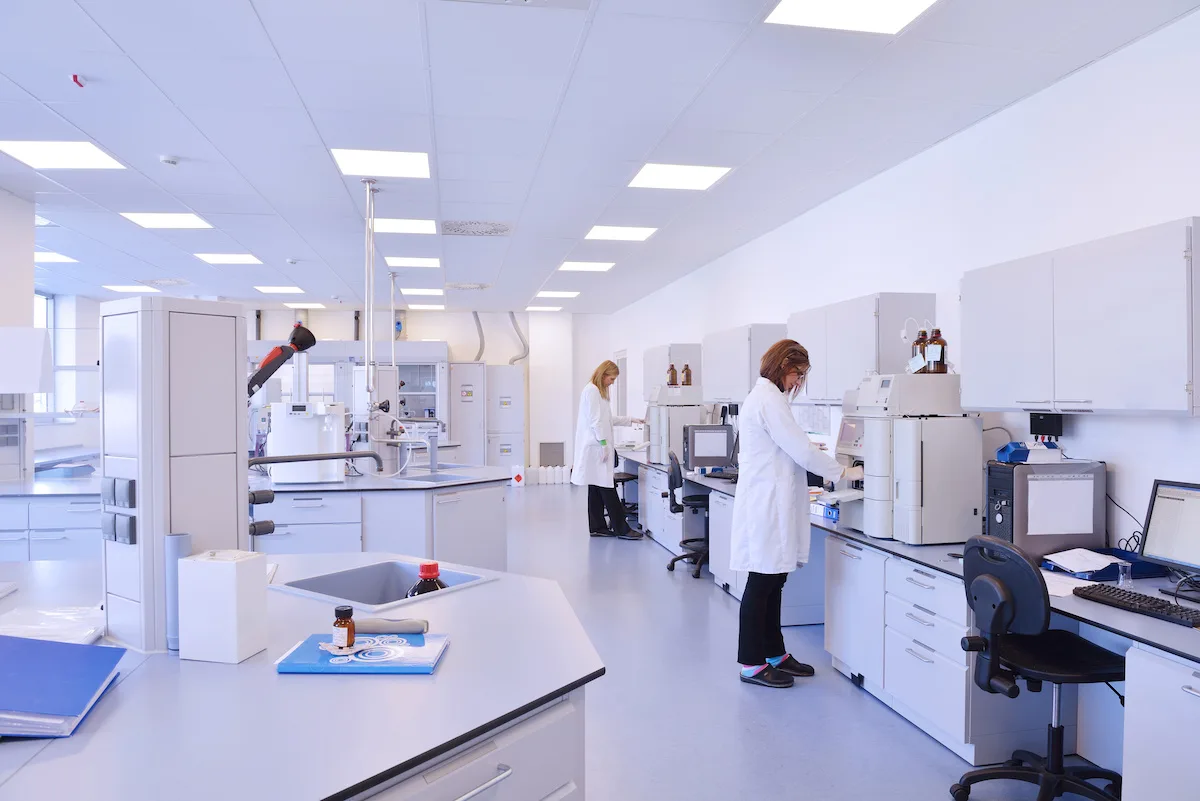Over the past few years, there has been a phenomenal rise in the life sciences industry, fueled by advancements in biotechnologies, pharmaceuticals, and medical research. This boom has had a ripple effect on the commercial real estate (CRE) landscape, fostering a unique and mutually beneficial relationship. Today, life sciences aren’t just shaping CRE; they’re redefining it.
The driving forces
- Technological leaps & workload growth: From gene editing to artificial intelligence, groundbreaking discoveries are translating into new therapies and healthcare solutions, driving industry growth.
- Increased funding: Venture capital is pouring into life sciences companies, providing the fuel for expansion and specialized facilities. From November 20, 2022 to November 20, 2023 venture capital activity in life sciences reached $41.0 billion.
- Aging population: By 2050, the world’s population of people aged 60 years and older will double (2.1 billion). That said, as life expectancy rises, the demand for healthcare products and services continues to climb, creating a market ripe for innovation.
CRE embraces the challenge of unique space needs
These forces combined mean one thing: the need for workspace. But, unlike traditional office spaces, life sciences companies require flexible facilities tailored to their specific needs including high-tech labs and collaborative hubs ideally located near universities and research institutions for easy collaboration and talent acquisition. Though it can be challenging, the CRE industry is actively responding to these needs with:
- Dedicated developments: Purpose-built biolabs and research parks are springing up in strategic locations.
- Conversions: Existing buildings are being retrofitted to meet life science requirements, offering an economical alternative.

A win-win situation
But these efforts aren’t just a “w” for the sciences organizations, CRE investors and developers are also reaping the rewards from these new partnerships:
- Long-term leases provide stable income streams and minimize vacancy risks.
- The specialized nature of the facilities, which often attract high-value tenants, justify premium rents.
- Life sciences companies draw in other businesses and create high-paying jobs, revitalizing local economies and, in turn supporting community and economic development.
Leaders in life sciences
While there are countless life sciences organizations offering state-of-the-art, innovative facilities, here are just a few of our favorites.
ARC (Advanced Research Clusters)
ARC is Europe’s leading network of science and innovation clusters at the leading edge of major knowledge economies like Oxford and London.
Cambridge Crossing (CX)
CX is conveniently located in East Cambridge, Massachusetts, immediately adjacent to Kendall Square, the #1 life science cluster in the United States.
Kilroy Oyster Point
This five-phased, up to four million-square-foot project spans a 50-acre waterfront site in San Francisco. It offers an energizing environment with various amenities that support wellness, connection, and productivity.
All in all, the life sciences and CRE sectors are no longer just neighbors; they’re partners in progress. This evolving relationship holds immense potential for scientific breakthroughs, economic growth, and a future where innovation thrives within specialized, sustainable, and collaborative spaces.



